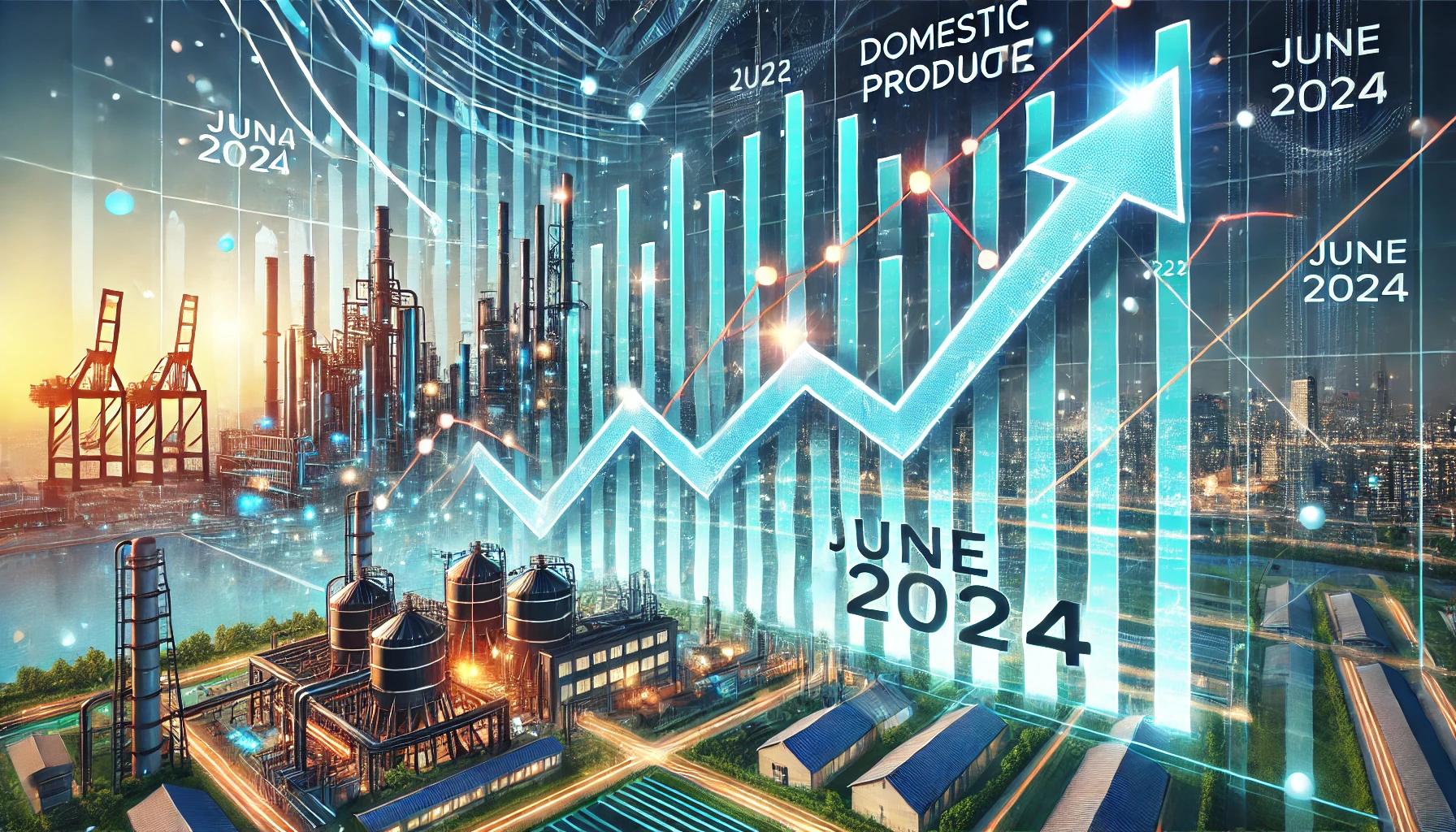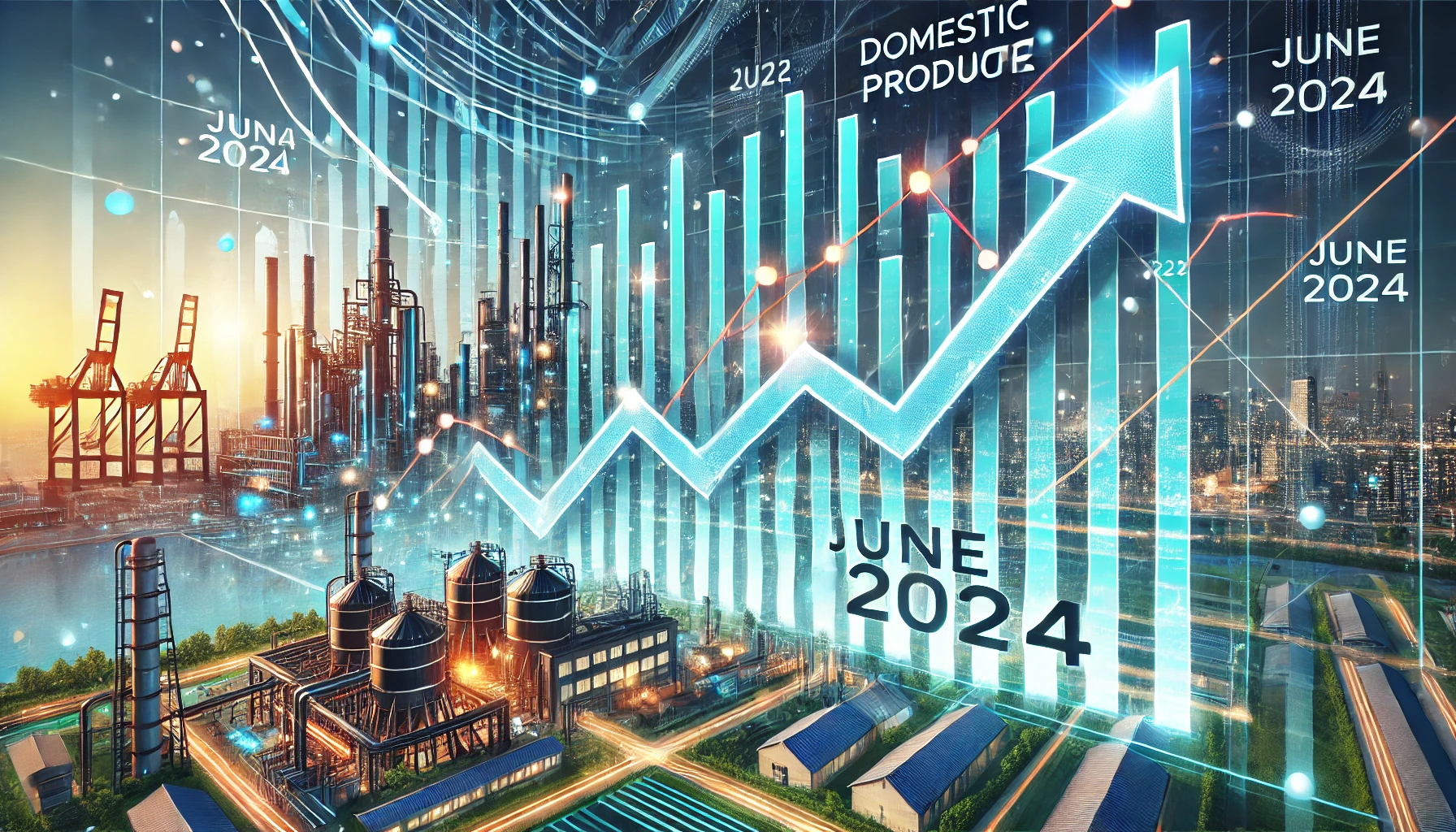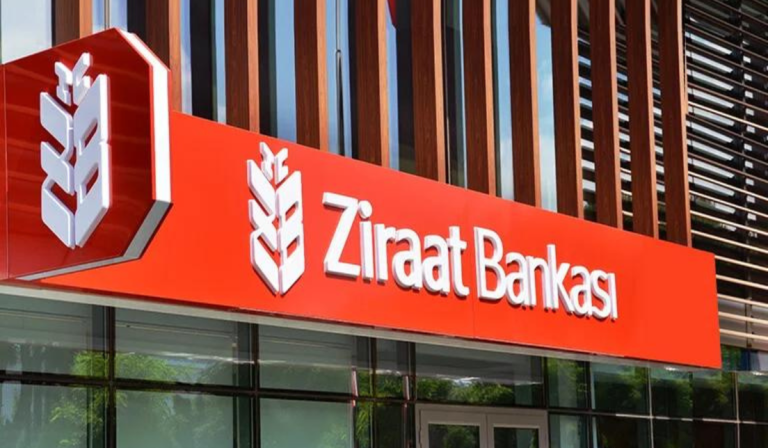Table of Contents
The June 2024 Domestic Producer Price Index (D-PPI) shows a consistent increasing trend in producer prices, therefore indicating ongoing inflationary pressures within the home economy. Let’s explore the numbers more closely and break out what they imply for companies and the state of the economy generally.

Key Highlights:
- Annual D-PPI surged by 50.09% – This marks a significant acceleration from the 40.42% recorded in June 2023, indicating a broadening and intensification of price increases across the production process.
- Month-on-month D-PPI rose by 1.38% – While this represents a slowdown compared to the 6.50% increase observed in May 2024, it still reflects an ongoing, albeit moderating, upward price pressure.
According to the latest static of TUIK
D-PPI Annual Rate of Change by Sector (%) – June 2024
Sector Information
Click on a sector in the chart to see more information here.
Factors contributing to this change may include:
- ${sector === 'Mining and stone quarrying' ? 'Global demand fluctuations' : 'Supply chain disruptions'}
- ${sector === 'Electricity, gas, steam and air conditioning' ? 'Energy market volatility' : 'Raw material cost increases'}
- Policy changes affecting the ${sector.toLowerCase()} industry
D-PPI Rate of Changes (%) – A Closer Look:
| Period | June 2024 | June 2023 | June 2022 |
| Monthly rate of change | 1.38 | 6.50 | 6.77 |
| Rate of change on December of the previous year | 19.49 | 14.82 | 61.68 |
| Annual rate of change | 50.09 | 40.42 | 138.31 |
| Rate of change in twelve months moving averages | 47.97 | 86.59 | 88.77 |
Table Insights:
- The significant drop in the annual rate of change compared to June 2022 (138.31%) suggests a gradual easing of the exceptionally high inflationary environment experienced last year.
- However, the current rate remains historically elevated, emphasizing the persistence of inflationary pressures.
- The slowdown in the monthly rate of change provides a glimmer of hope, potentially indicating a peaking of inflationary pressures. Continued observation of this trend in the coming months will be crucial.
Sectoral Breakdown: Dissecting the Drivers
The D-PPI surge was broad-based, impacting all major sectors:
- Mining and stone quarrying: Witnessed the most substantial annual increase at 72.33%, likely fueled by strong global demand and potential supply chain bottlenecks.
- Manufacturing: Prices climbed by 52.80% year-on-year, reflecting increased input costs (raw materials, energy), persistent supply chain disruptions, and strong consumer demand.
- Electricity, gas, steam and air conditioning: Recorded a 10.78% rise, driven by volatility in global energy markets and ongoing geopolitical tensions.
- Water supply: Saw a significant jump of 78.43%, possibly attributed to rising treatment costs, infrastructure investments, and increasing water scarcity concerns.
D-PPI Annual Rate of Change by Sector (%) – June 2024
| Sector | Annual Rate of Change (%) |
| Mining and stone quarrying | 72.33 |
| Manufacturing | 52.80 |
| Electricity, gas, steam and air conditioning | 10.78 |
| Water supply | 78.43 |
Further Insights from the Data:
- Intermediate goods: Experienced a 46.89% annual price surge, signaling potential cost pressures being passed down the supply chain, ultimately impacting consumer prices.
- Durable and non-durable consumer goods: Increased by 63.36% and 64.13% respectively, pointing towards persistent inflationary pressures on consumer spending.
- Energy: Prices rose by 30.41%, highlighting the ongoing impact of geopolitical uncertainties and supply chain disruptions on energy markets.
- Capital goods: Experienced a 53.68% increase, potentially indicating rising investment costs for businesses.
Interpreting the Trends for Businesses and the Economy
The June 2024 D-PPI figures paint a picture of persistent inflationary pressures within the domestic economy, albeit with some signs of potential easing.
For businesses, these trends present both challenges and opportunities:
- Challenges:
- Managing rising input costs effectively.
- Strategizing pricing adjustments to maintain profitability without significantly impacting demand.
- Navigating potential supply chain disruptions.
- Opportunities:
- Exploring efficiency improvements and cost-saving measures.
- Capitalizing on strong consumer demand in specific sectors.
From a macroeconomic perspective:
- The Central Bank will likely monitor these figures closely to determine the future course of monetary policy.
- Further interest rate hikes are possible to curb inflation, but this could impact borrowing costs and potentially dampen economic growth.
- The government might consider targeted measures to address supply chain bottlenecks and alleviate pressures on specific sectors.
Looking Ahead
The D-PPI data for the coming months will be critical in determining whether June’s potential moderation in price increases becomes a sustained trend.
Stay tuned for the next D-PPI release on August 5th, 2024, for further analysis and insights







